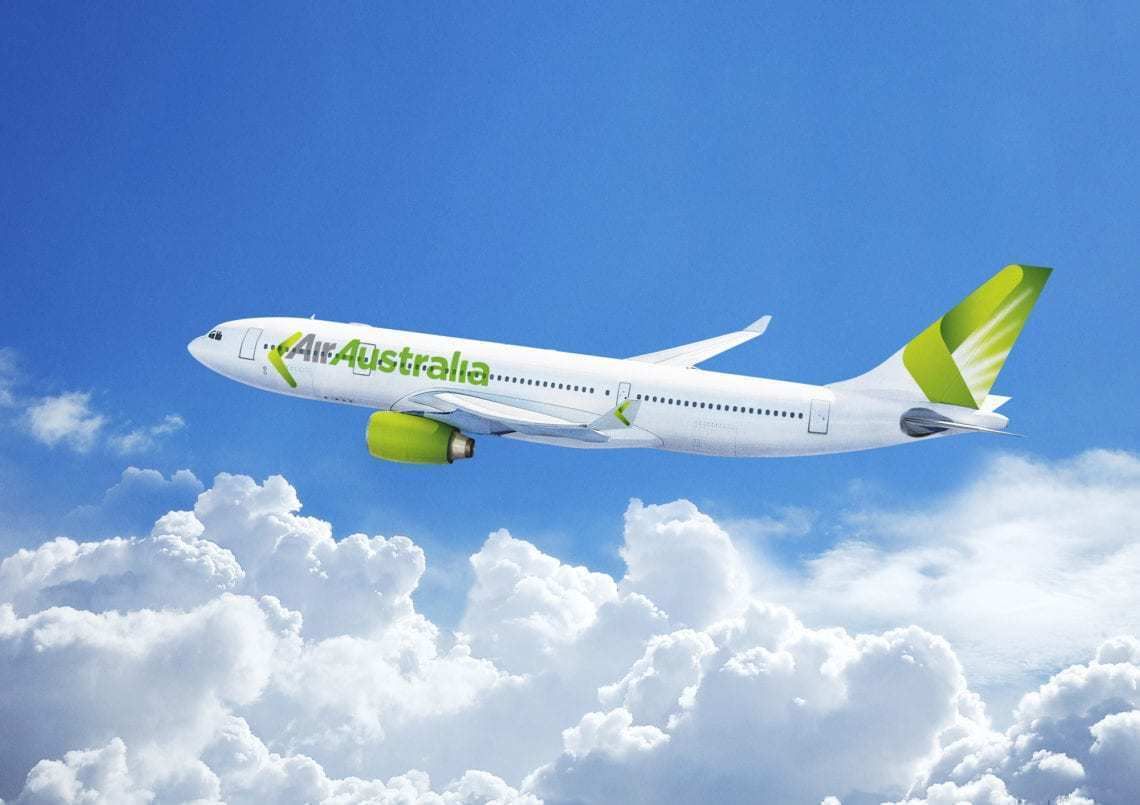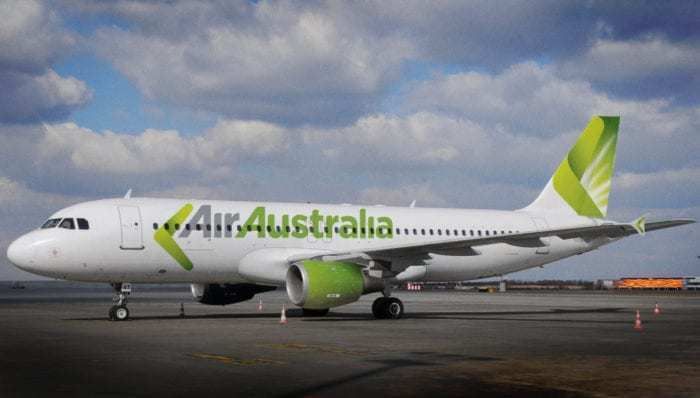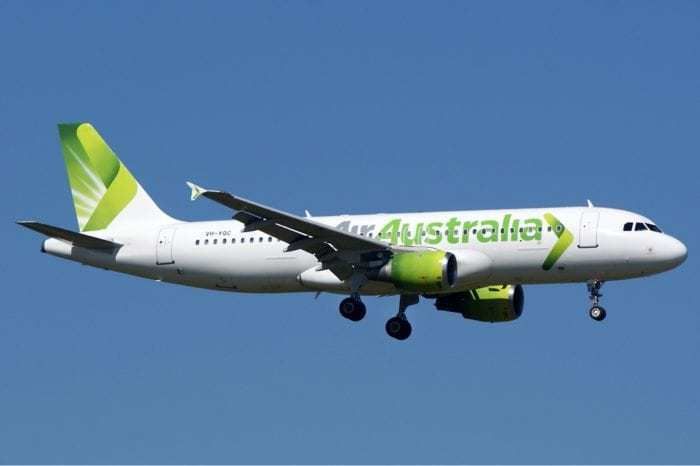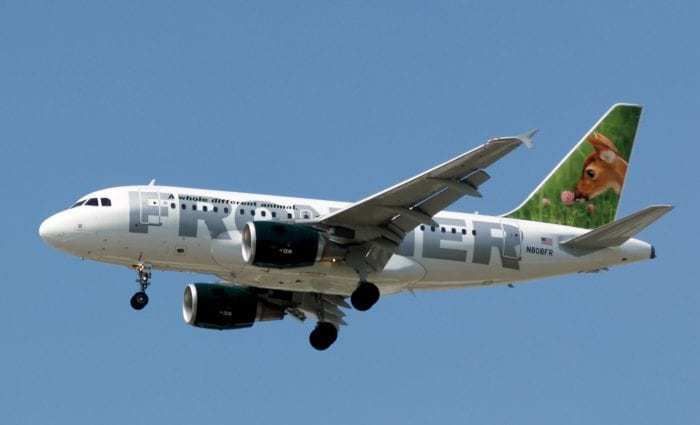Air Australia was well on the way to becoming the nation's third-biggest carrier, when the airline went completely bust in 2012.
Now, a few years later, a tale of possible corruption and mismanagement reveal why the underdog never really stood a chance.
Who was Air Australia?
For those who don't know, Air Australia was a carrier that launched back in 1991 as a charter and freight carrier.
They specialized in oversized or unique cargo, winning a military contract to transport troops to the Middle East during the Afghanistan invasion in 2002. Interestingly enough, they actually ran this contract not with their own plane, but with a HiFly Airbus A330.
But the airline never really became an 'airline' until 2009, when they received their first commercial passenger aircraft, an A330-200. By the end of 2009, they would have three aircraft operating across the country under the same Australian Air Operators Certificate.
In 2009, Air Australia bought troubled OzJet. This deal included all the staff, fleet and routes (Perth to Derby in Western Australia), which in 2010 they upgraded to an Airbus A320.
Where did they fly?
At their peak in 2011, they had three Airbus A320-200s, and one A330-200. They also had a significant amount of aircraft on order, with another eight A320s and six A330s.
With these aircraft they flew a range of domestic and international routes to the following destinations:
- Brisbane
- Derby
- Melbourne
- Perth
- Port Hedland
- Denpasar (Bali)
- Phuket
- Honolulu
Melbourne and Brisbane being the hub airports for this carrier. They also planned to operate a four-times-a-week service to Vietnam and had lofty goals for India and China services. They were in competition with Virgin Australia and Jetstar.
So with a fleet of new aircraft, flying on some of the busiest routes in Australia and also offering cheap travel for holidaymakers to tropical destinations, what happened?
Problems under the surface
Let's begin with that $30 million dollar contract back in 2002 for the Australian military. How exactly does an airline that doesn't have any planes get a contract to ferry troops for a war?
Turns out, that two military officers who were involved in the government contract gave the airlines management insight into how to win the tender. Information on pricing and "key tender dates and Defence's preferred aircraft for the Middle East flights".
Of course, an investigation revealed no wrongdoing and low-and-behold a year later, both these officers have executive roles at Air Australia.
In 2011, one of the owners left the company. This left it in the hands of the other owner, who proceeded to make radical changes (which many dubbed 'the opposite of conservative'). Over the next six months, several other executive team members would leave the organization.
These changes included:
- Changing the name of the company
- Becoming a low-cost-carrier
- Operating mostly international routes
Air Australia's Collapse
The changes that they planned would never come to pass. On the 17th February 2012, an Air Australia A330-200 was denied fuel at Phuket airport due to lack of payment. This signaled the end of the airline, as without even petty cash to pay for operations they filed for voluntary administration.
"It currently appears that there are no funds available to meet operational expenses so flights will be suspended immediately," - KordaMentha
This stranded over 4,000 passengers in Thailand, Indonesia, and the USA, as well as many across Australia. Up to 300 staff and crew members found themselves without work.
Upon looking through the companies books, it was discovered that they owed $90 million AUD ($63 Million USD) but only had around $1 million AUD in assets. Thus, the entire company was liquefied and many were out of pocket.
Whether or not Air Australia could have pulled off these changes, we will never know. Their dreams of being a low-cost-carrier were quickly swallowed up by Tiger and Jetstar, and Singaporean Scoot and AirAsia X quickly dominated the low-cost international space.
What do you think was the main reason for their failure? Let us know in the comments.




